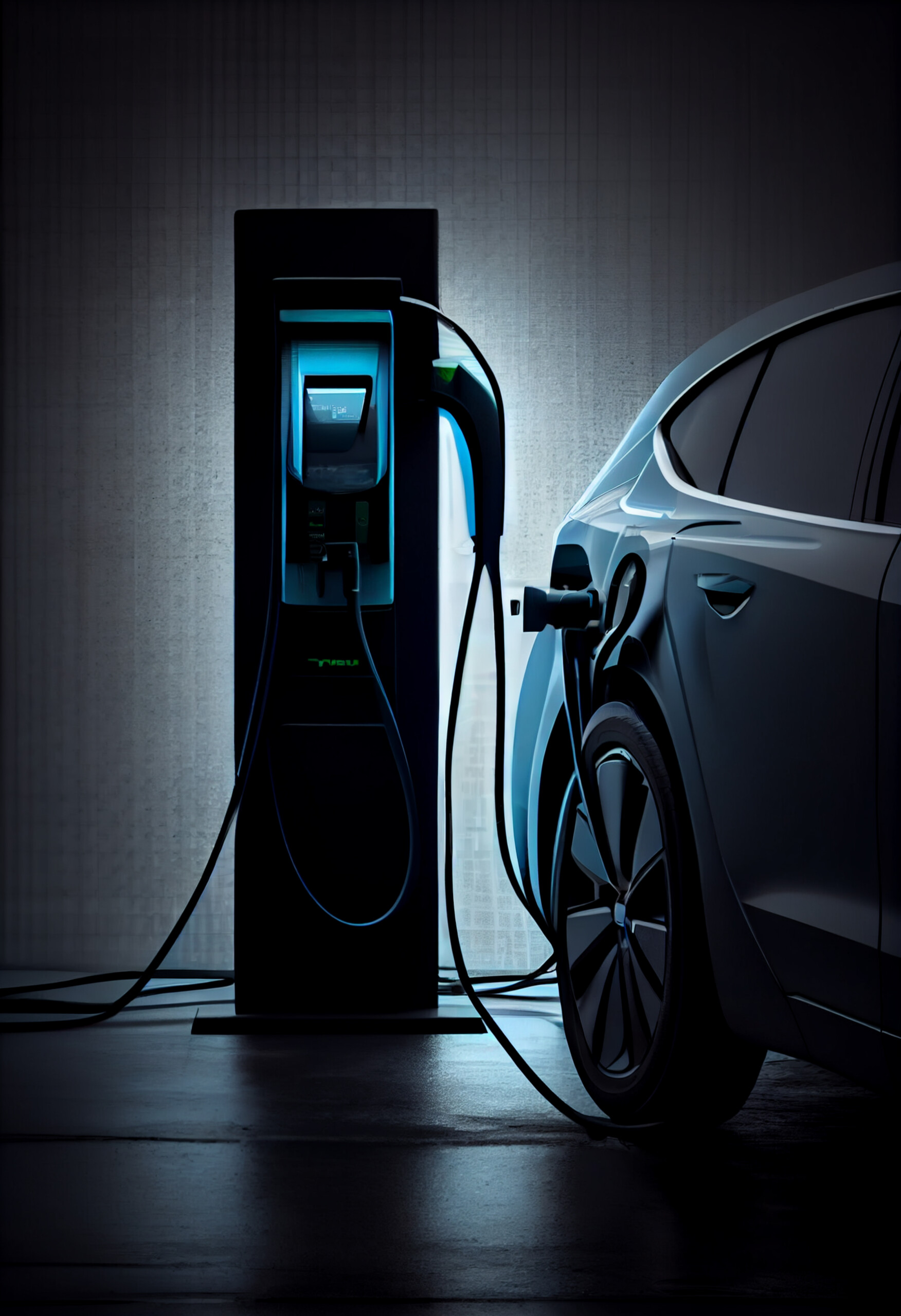
Range Anxiety & Other Questions Answered
Range anxiety refers to the fear that an electric vehicle will not have enough battery power to reach its destination. This concern has often been cited as a major barrier to the widespread adoption of electric vehicles, despite the increasing availability of charging infrastructure and advancements in battery technology.
Find answers to the most asked EV questions below.
Common EV Questions Answered
Our professional Electric Vehicle team is ready to answer all-electric fleet questions.

What Is The Driving Distance For Most EVs?
The daily driving range of most EVs is between 160-480 kilometers on a full charge.
The range of EVs has increased rapidly in the past years due to improvements in battery technology, charging infrastructure, and aerodynamics.
The range of an EV can decrease rapidly at high speeds, so they may not be as practical for long highway drives as ICE vehicles.
—
Read more about a 2,000 km trip from Vancouver to Calgary and back again here!
Does Charging Take A Long Time?
EVs can be fully charged between 45 minutes to a couple of days depending on the type of charging used.
Overnight charging is not always required for EVs, but it can be the most convenient and cost-friendly way to charge (due to utility companies often having lower rates at off-peak hours).
Do EVs Have Strong Torque & Acceleration?
EVs have instant torque, which means they can deliver maximum torque from a standstill without needing to build up RPMs like ICE vehicles. EVs are now capable of 0-100 kph in under two seconds, which is barely achievable by hypercar category ICE vehicles.
ICE vehicles need to rev up their engines and shift gears to produce their peak torque, which can result in a delay between stepping on the accelerator and actual power delivery to the wheels.
Improving Battery Technology
The rough maximum range for EVs on a full charge has increased significantly in recent years, with some premium EVs going over 640 kilometers on a single charge.
Are EVs quieter compared to ICE?
EVs don’t have an engine, which means they don’t produce the same noise and vibrations as ICEs. This is noticeable at low speeds, where the sound of the electric motor is barely audible. At higher speeds, some road and wind noises may become newly noticeable for drivers switching to EVs for the first time.
Some EV manufacturers have added extra sound-deadening materials to the floors, doors, and other areas of the vehicle to further reduce road noise, wind noise, and vibration.
How Does Regenerative Braking Work?
When an EV decelerates, its electric motor acts as a generator and converts the kinetic energy of the vehicle back into electricity, which is stored in the battery. This means that EVs can slow down without the need for traditional braking, resulting in less brake noise and wear.
Get In Touch




